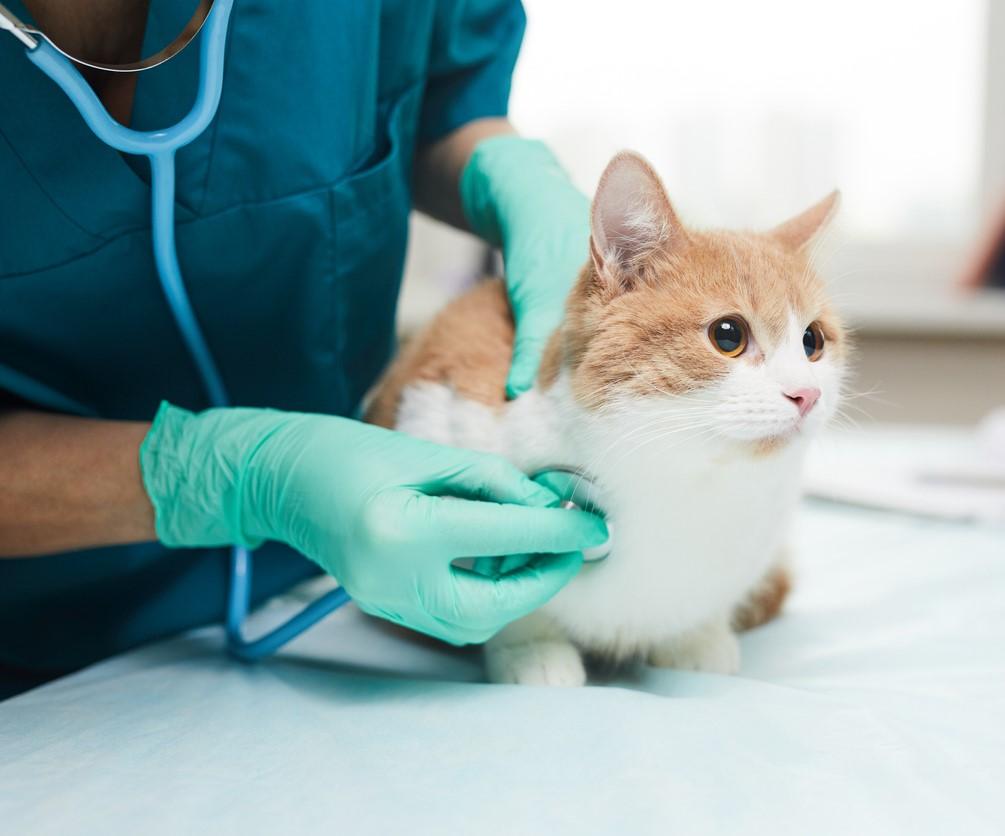In a statement yesterday, the World Health Organization (WHO) said the surveillance of human contact of cats infected with H5N1 avian flu in Poland has wrapped up, and none have reported symptoms, and it put the risk as low to moderate for cat owners and those, such as veterinarians, who have occupational exposure.
The WHO's report had more investigation details, but so far, the source of the virus hasn't been determined. Though cats have been infected with H5N1 before, Poland's report of high numbers of cats infected with H5N1 avian flu over a wide geographic area is a world first.
So far, scientists have tested samples from 46 pet cats and 1 captive caracal. Of those, 29 from 13 geographical areas were positive for H5N1. Clinical symptoms for some were severe, including breathing problems, bloody diarrhea, and neurologic symptoms.
Eleven cats died, and 14 were euthanized. Postmortem examination of some of the cats showed that some had pneumonia.
Authorities investigating all possible sources
The WHO said there are several possible sources of the virus in the cats, including direct or indirect contact with infected birds or their environments, eating infected birds, or eating food contaminated with the virus. "Authorities are investigating all potential sources and to date have not ruled out any," the WHO said.
Of 25 cats with information available, 5 were indoor cats with no access to the outdoors. Seven had the opportunity for contact with wild birds.
Genetic analysis suggests the cases are closely related, with the virus most similar to one from wild birds that has recently fueled some recent outbreaks in Poland's poultry.
An update today from Poland's chief veterinary officer said 61 cats have been tested, with 34 testing positive. The statement was translated and posted by Avian Flu Diary, an infectious disease news blog. Officials said multiple genetic sequencing studies are still under way, but findings suggest the virus in cats is most related to a sample obtained from a white stork in June from Poland's Tarnow district.
Officials also said the number of reported cases has decreased significantly.
Latvia finds H5N1 in foxes
In other H5N1 developments, Latvia has reported has reported H5N1 in two red foxes from different parts of the country, according to a notification from the World Organization for Animal Health (WOAH).
One fox was found on June 1 near the city of Daugavpils, and the other was found on July 7 about 55 miles northwest near the city of Jekabpils. Both locations are in southeastern Latvia.
USDA begins condor immunization
Elsewhere, the US Department of Agriculture (USDA) said it will begin vaccinating endangered California condors against highly pathogenic avian influenza this week, after tests in black vultures showed that vaccination prompted an immune response.
In its statement, the USDA said it would start condor vaccination by immunizing just three birds. If no adverse events are seen, the trial will proceed the following week with the vaccination of more birds. Scientists will measure immune response at 21 and 42 days after vaccination, and the trial is expected to continue until September.
The USDA in May announced a plan to vaccinate the condors in the Arizona-Utah flock to prevent more H5N1 deaths in the protected birds. The virus has killed at least 21 condors, including 8 breeding pairs,



















